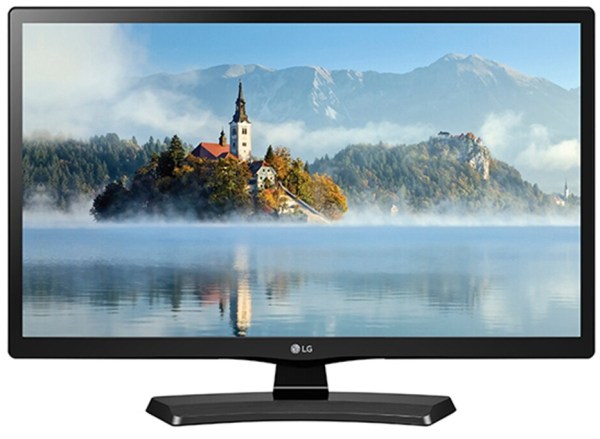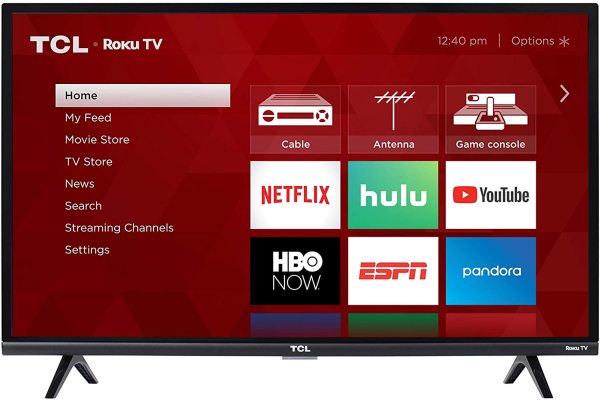It is not easy to buy a flat-panel TV. It is overwhelming and daunting as there are many things you need to consider. There are lots of questions that come about. Knowing the terminology isn’t always a simple thing to do.
One vital question that many people often have when buying a new TV is, what is the difference between these two kinds of TVs? A lot of people are not aware of the difference between the two, as it is something that is not easily seen on the actual TV set. However, there is a huge difference between LED and LCD TV.
Table of Contents
What is an LCD TV?

An LCV TV is a kind of television that makes use of LCD technology or also known as Liquid Crystal Display, to put images in view. The concept behind this technology is that white light is selectively filtered and cast upon the screen through a series of fluorescent lights. The picture which is created is brighter compared to the standard TV which had been made before with the use of standard technology.
These kinds of TVs were presented when the flat panel TV started to become popular amongst homeowners.
Soon it became the standard type of television sold in various stores. This technology was extremely new for its time; however, it progressed fast and became commonplace. The technology developed all the way to LED TV.
What is an LED TV?

This type of TV takes the idea of an LCD screen to a higher level. Rather than using white lights to cast the pictures or images for us to see, they’re cast with the use of a backlit screen. The technology used in LED TV is similar to the technology used in today’s smartphones.
They also tend to have a wider viewing angle than traditional LCD TVs, meaning that the picture quality is more consistent regardless of where you’re sitting.
There are a lot of different ways in which LED TVs can be made and so many ways in which screen backlighting can be done. Certainly, this kind of technology will cost a lot.
The Differences between LCD and LED TVs
- Backlight Technology: LCD TVs use fluorescent lights as a backlight source, while LED TVs use light-emitting diodes (LEDs) as a backlight source.
- Picture Quality: LED TVs generally offer better picture quality than LCD TVs due to the use of LED backlights, which provide brighter colors, deeper blacks, and more vibrant images.
- Contrast Ratio: LED TVs typically have a higher contrast ratio than LCD TVs, resulting in a more dynamic and realistic picture.
- Viewing Angle: LED TVs generally offer a wider viewing angle than LCD TVs, meaning that the picture quality is more consistent regardless of where you’re sitting.
- Power Consumption: LCD TVs use less power than LED TVs, making them an energy-efficient option.
- Price: LED TVs are generally more expensive than LCD TVs, although they often offer better picture quality and other features that make them worth the investment.
- Thickness: LED TVs are generally thinner than LCD TVs due to the use of LED backlight technology, which takes up less space than traditional fluorescent backlights.
- Lifespan: LED TVs generally have a longer lifespan than LCD TVs, as LEDs last longer than traditional fluorescent lights.
- Eco-Friendliness: LED TVs are generally more eco-friendly than LCD TVs, as they use less power and produce less heat than traditional fluorescent backlights.
- Availability: LED TVs are more commonly available in the market than LCD TVs, as they are the newer and more popular technology.


